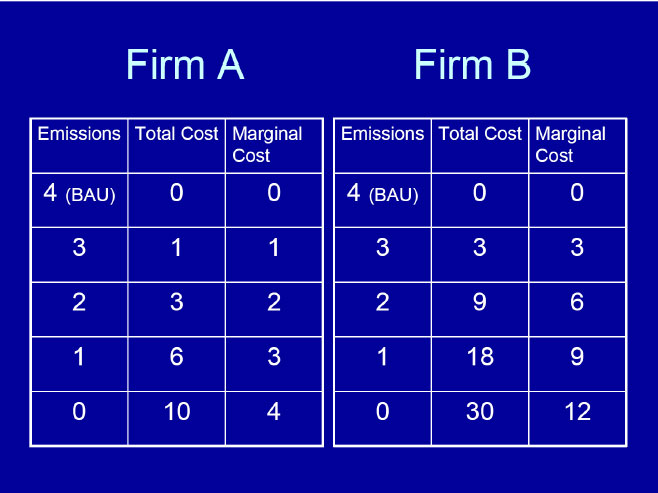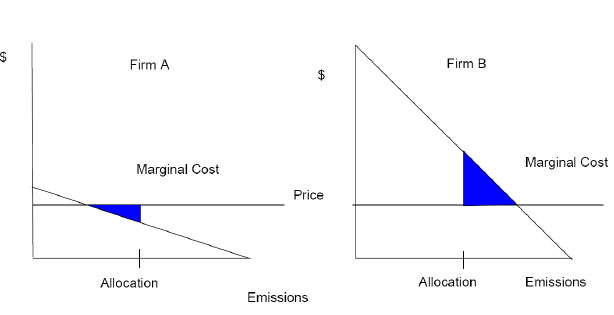The Obama adminIstration is soon to release proposed new rules for carbon emissions for US power plants. The proposal from the Environmental Protection Agency (EPA), which could be released as soon as early next week, is already generating controversy, even before the specifics are known.
Key will be two elements: how much reduction in CO2 emissions from powerplants will be required by the new rules, and what the baseline year or level for those reductions will be.
The US Chamber of Commerce has already released a report ahead of those specifics, warning that the likely regulations could cause the loss of 224,000 jobs annually through 2030, and that consumers would also have to pay an estimated $289 billion more for electricity and their disposable income would decrease by $586 billion.
Supporters of tough new regulations say that in addition to addressing the issue of global warming, the requirements will spur jobs and investment in green energy.
Most pundits believe the regulations will provide a lot of authority and flexibility to the states as to how the CO2 reductions will be achieved. That in turn could lead a number of states - individually or in groups - to create their own "cap and trade" systems as a mechanism to reduce emissions, such as California is currently employing.
So with this prospect potentially coming in just a couple of years, this might be a good time to review what a cap and trade system is all about.
In general, with a cap-and-trade system, the government sets a cap on carbon emissions that will be released into the atmosphere over a certain period (e.g., annually).
That "cap" is then divided into individual permits to release a specified amount of CO2.
Below, we look at an example of how a cap-and-trade program might work in practice, based on materials developed several years ago by Dr. Stephen Polasky of the University of Minnesota.
Consider two companies, A and B, each of which now emits four "units" (however that is defined) of CO2, or eight units between them.
Requiring the two companies to reduce emissions by 50% would result in four units being eliminated, and four remaining. That could be “enforced” by allocating only two units to each firm.
Let’s further say that it is three times as costly for company B to reduce its emissions than it is for company A, based on each company’s current technology or other factors - and that the costs rise (per unit) the more units you attempt to reduce, as shown in the chart below (i.e., the "marginal cost" for each unit of decrease goes up - as almost always would be true in practice).
As shown below, if no trading were allowed, it would cost firm A $3.00 to meet the cap, and firm B $9.00 - meaning it costs $12.00 between them.
However, trading is, by definition, allowed under a cap-and-trade system. So, because Firm A can sell one of its "permits" at a higher price than the cost it would incur to reduce the emissions internally, it will sell one permit to B for, say, $5.00 - $1.00 less than the marginal cost ($6.00) for firm B to reduce its emissions internally.
Comparing Two Companies in a Cap and Trade Scenario

Source: Dr. Stephen Polasky of the University of Minnesota
Now, the total cost for both firms, rather than the $12.00 without trading, is just $9.00:
- $1.00 for firm A to reduce its emissions 1 unit; it uses its remaining permit for the other unit
- $3.00 for firm B to reduce its internal emissions 1 unit
- $5.00 for firm B to buy the permit from firm A
Over time, emission sources will trade to a point at which the marginal costs of reducing emission are equalized between internal options and buying permits on the market. That is because companies will pursue the lowest cost means of obtaining the cap, as shown below.

Source: Dr. Stephen Polasky of the University of Minnesota
It is critical to understand, however, that firm A has also pocketed $4.00 in revenue from this deal (absent any cost to begin with for acquiring the permits) - in effect, giving it a profit of $3.00 on the whole deal. This potential for "windfall" profits is one of the many concerns over cap and trade - and why for example utilities that have a low percentage of coal-based plants now may favor cap and trade regulation.
What would you add to this discussion on cap and trade? Let us know your thoughts at the Feedback button below.

TheGreenSupplyChain.com is now Twittering! Follow us at www.twitter.com/greenscm
|